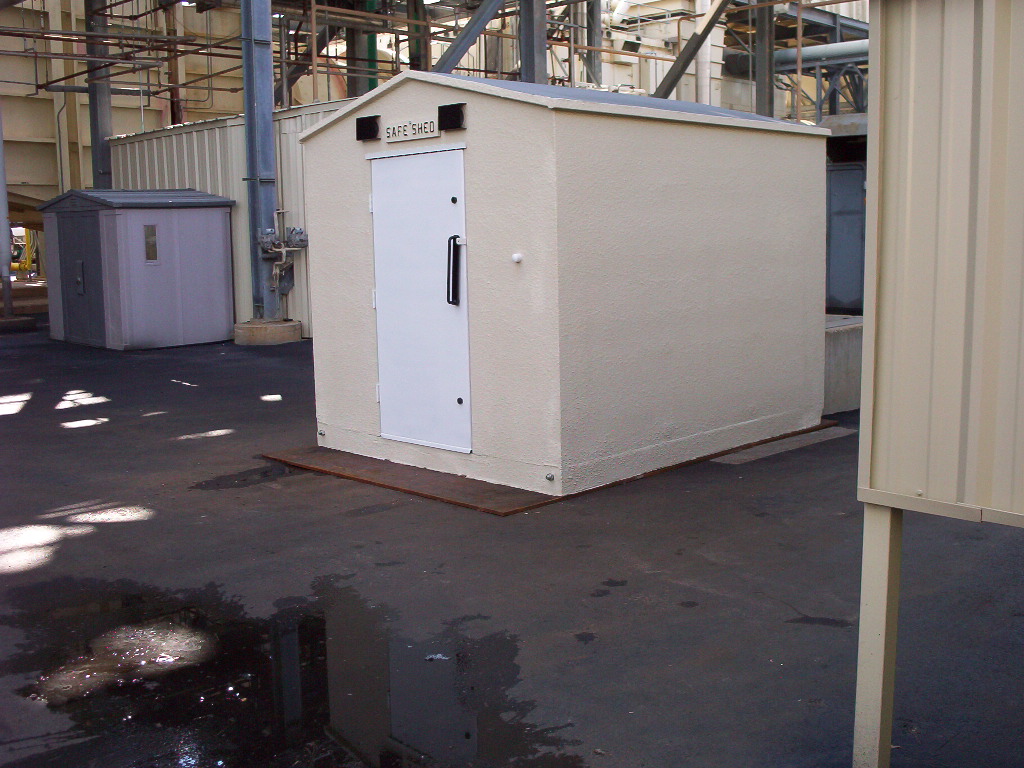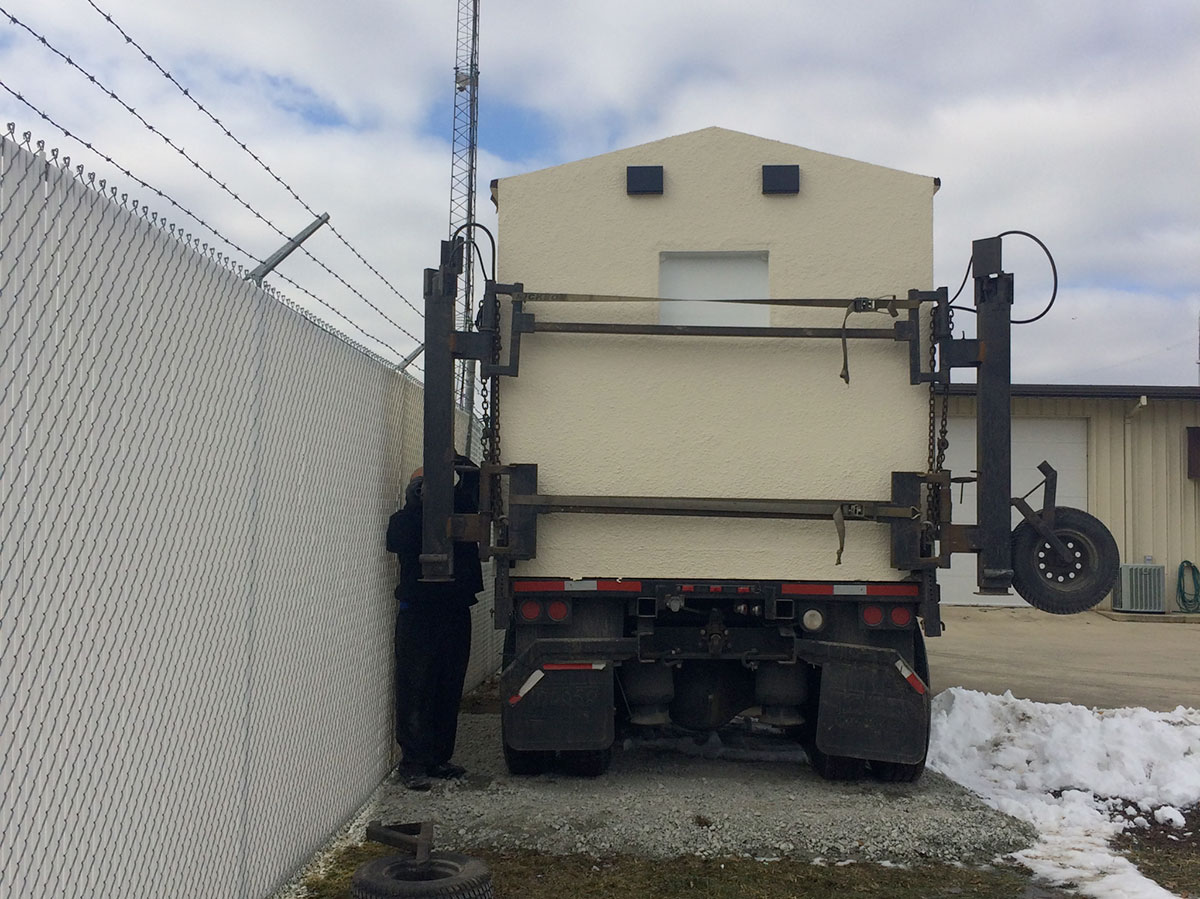Did you know: in recent decades, the number of days with tornado watches or warnings has increased in many parts of the U.S., and yet surveys show a large portion of people still don’t have a nearby safe shelter in case of a violent storm. The combination of more frequent severe weather events + lack of proper shelter options means more people than ever are at risk. This trend makes it critical to understand not just what to do when a tornado warning is issued, but why choosing the right storm shelter can literally make the difference.
In this article, we’ll cover:
- What a tornado warning means and how to respond immediately
- Essential safety steps to take
- The difference between types of shelters: traditional tornado shelters vs above ground storm shelters
- What features matter in a high-quality shelter (so you know what to look for)
What’s a Tornado Warning and Why It’s Serious
A tornado warning is more than just bad weather: it means that either a tornado has been sighted or radar indicates one is likely imminent. Unlike a watch (which means conditions are favorable), a warning means you need to act now.
Immediate actions when a warning is issued:
- Go indoors immediately—don’t wait.
- Choose a pre-designated safe space (see below)
- Listen to weather radios / alerts (phone, NOAA, etc.)
- Avoid windows; flying debris causes many injuries and fatalities.
Where to Go: Safe Places vs Unsafe Places
Here’s what counts as a good shelter when tornadoes threaten:
Good shelter options:
- Interior rooms on the lowest level of a sturdy building, away from windows
- Basements, storm cellars (if available)
- Purpose-built tornado shelters or storm shelters, either above ground or underground
Places to avoid:
- Rooms with windows or unsecured doors
- Garages, mobile homes without attachments
- Wide span roofs like auditoriums or gymnasiums
Why a Sheltered Space Matters
Even among people who have a “safe room,” the difference in protection can be huge depending on how well the shelter is built. Here’s how shelters help:
- They shield occupants from flying debris, which is one of the leading causes of injury in a tornado.
- They provide structural integrity when surrounding structures may collapse.
- They retain their strength even under extreme wind loading, if designed to proper standards.
Without good shelter, even being indoors may not be enough.
Types of Shelters: What’s the Difference?
When we talk about shelters in tornado-prone areas, there are a few common types; among them are traditional underground shelters, and above ground storm shelters. Each has pros and cons.
| Shelter Type | Advantages | Disadvantages |
| Underground / Basement / Storm Cellar | Excellent over-head protection, often very safe from wind and debris; cooler in summer. | Could flood; may require stairs which are hard for some; access time; depends on ground conditions. |
| Above Ground Storm Shelter / Above-Ground Tornado Shelter | Easier access; quick installation; no stairs; often built to FEMA / ICC / NSSA standards; usable even where underground options are impractical. | Need strong materials to resist impact; must be well-anchored; may cost more initially; must be properly certified. |



